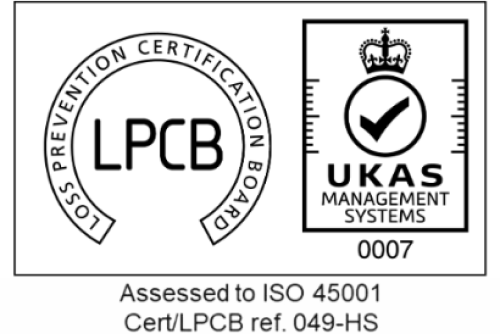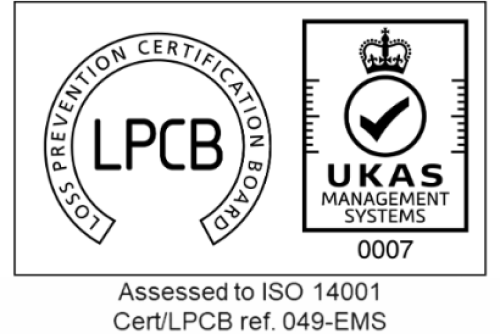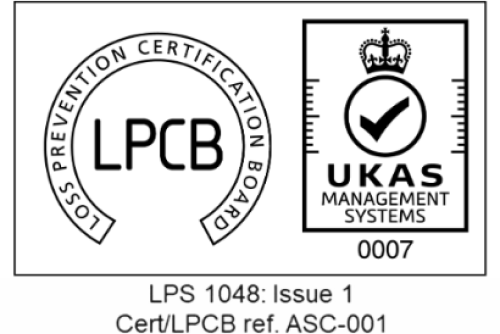Dry Pipe
Dry pipe sprinkler systems are charged with pressurised air, and the water within this system is retained by a control valve.
In the event of a fire detection by the sprinkler's sensors, a decrease in air pressure prompts the valve to open, allowing water to enter the sprinkler and contribute to fire protection. These systems are applicable in sub-zero temperatures, making them well-suited for structures lacking heating, such as commercial freezers, garages, and warehouses.
Wet Pipe
The wet pipe system stands as the most prevalent type of sprinkler system. It functions by consistently holding water in the pipes above the sprinkler heads. Connected to a water supply, the system ensures a continuous water stream and discharges it upon detecting heat from a fire.
Primarily utilised in buildings where freezing is not a concern, the wet pipe sprinkler system safeguards the water supply integrity.
Known for its ease of installation and relatively low maintenance costs, this system provides a high level of reliability, crucial for applications where extended periods of inactivity may be required.








.svg)












